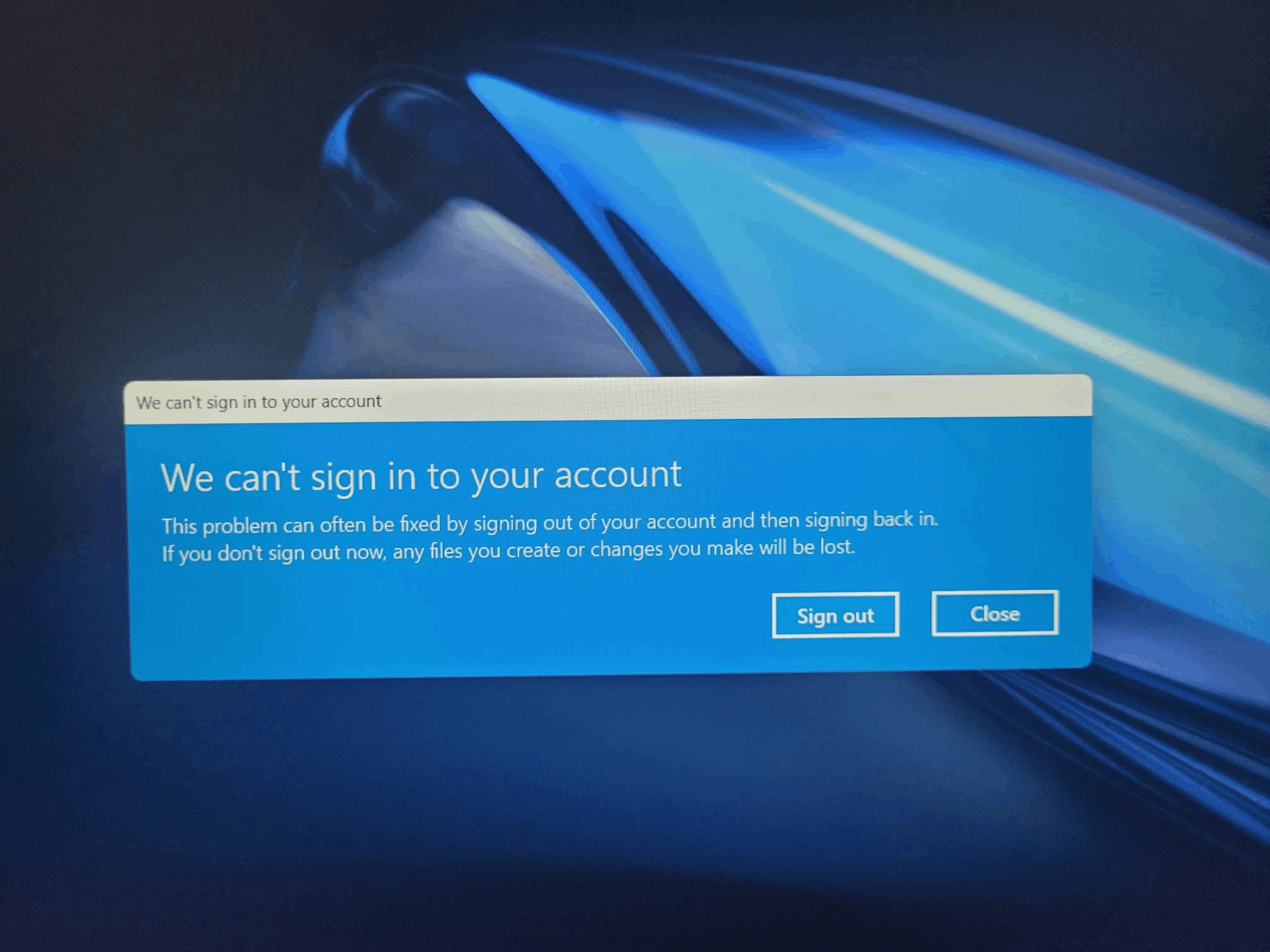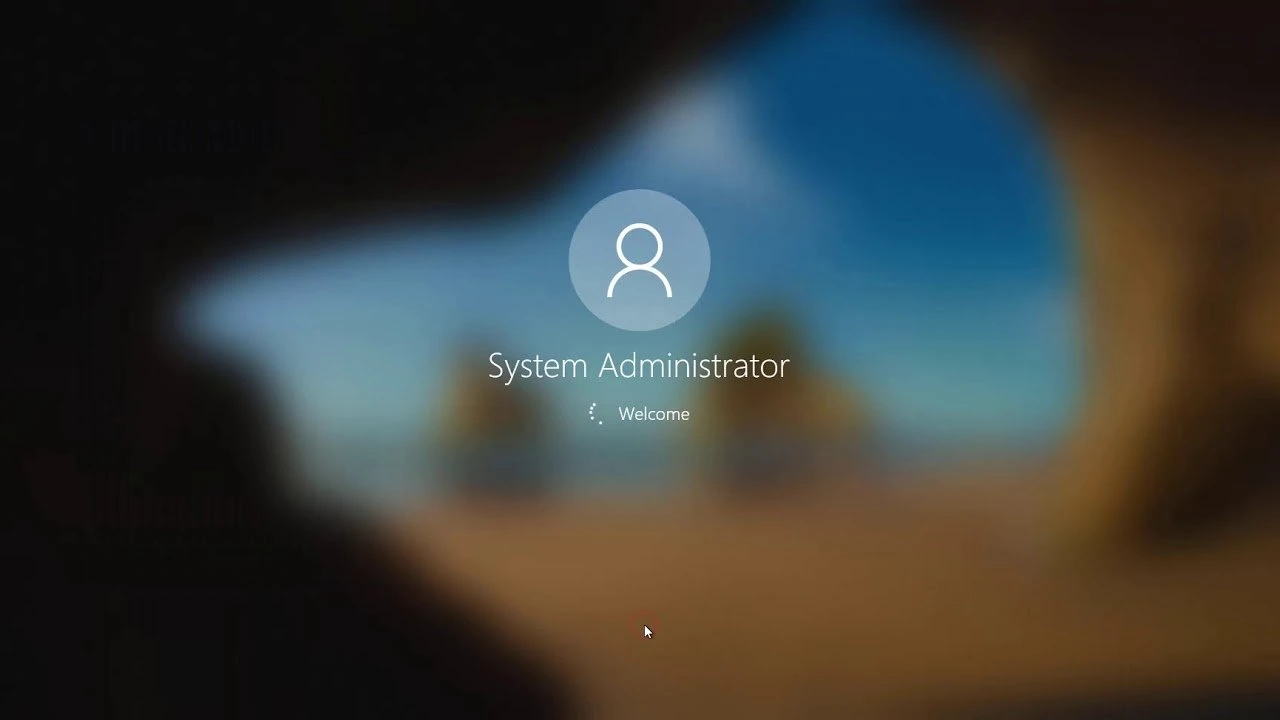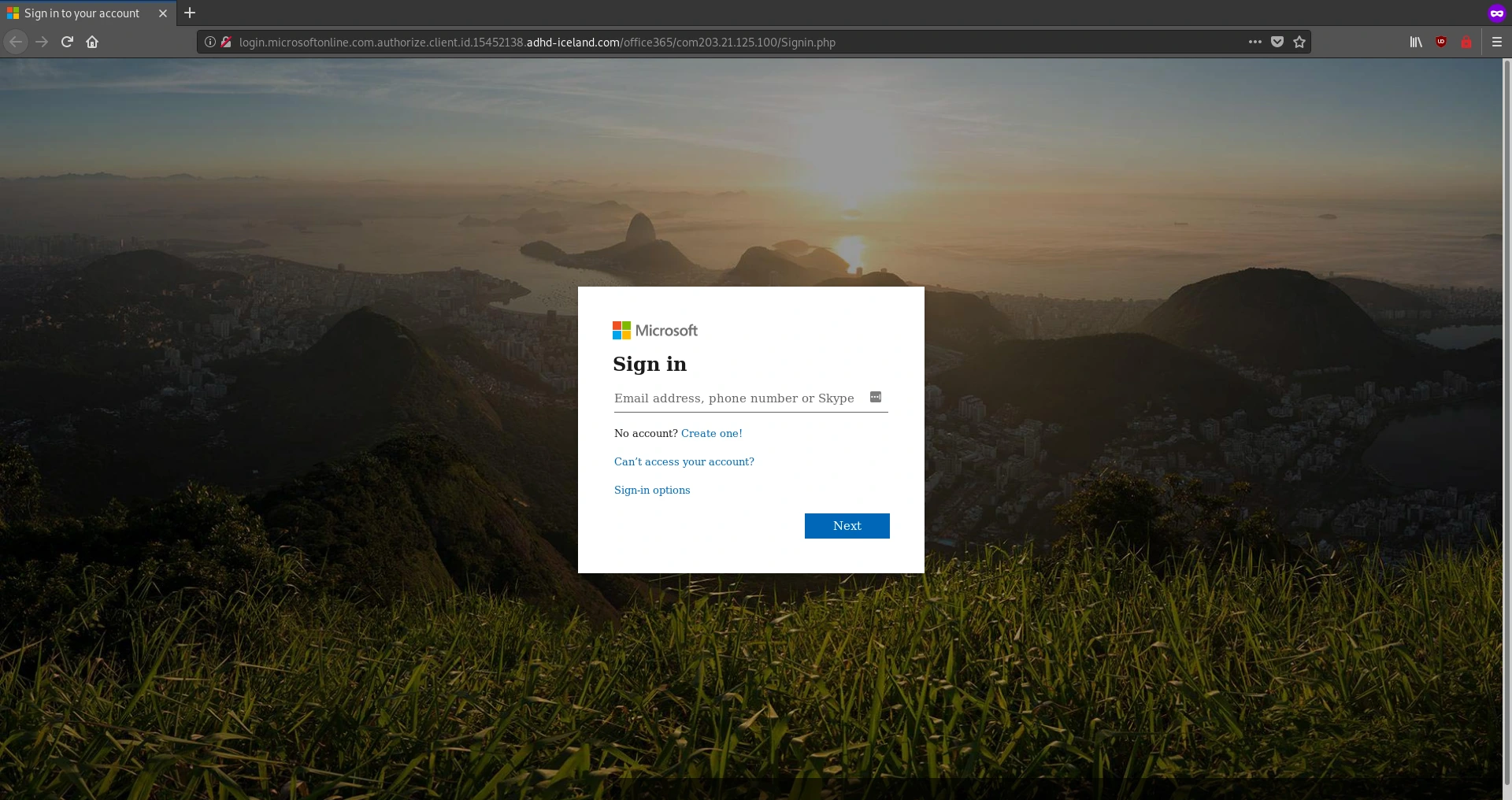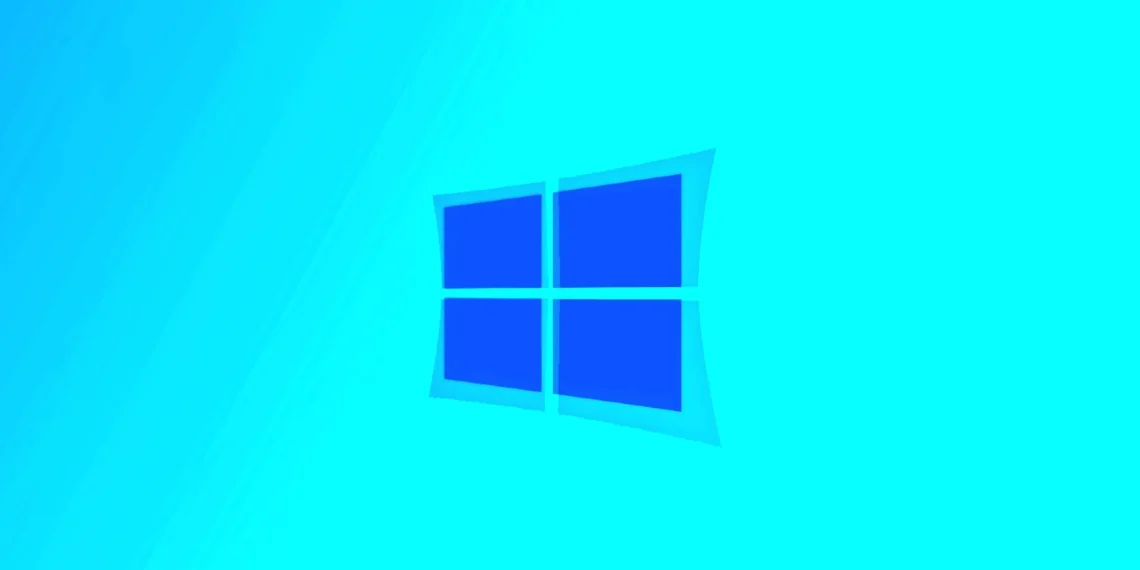In a recent turn of events, Microsoft has announced a delay in its plans to modify the sign-in process for Microsoft accounts. Originally slated for February, the changes would have made it so users remained signed in automatically unless they opted to sign out or utilized private browsing modes. This policy shift was initially communicated to Outlook.com users via notifications and briefly detailed in a now-retracted Microsoft support article.

Miscommunication Leads to Retraction
Microsoft’s decision to postpone the changes comes after the notifications were prematurely sent out, leading to confusion among users and media alike. Alex Simons, Corporate Vice President of Identity & Network Access Program Management at Microsoft, clarified the situation in a statement to The Verge, stating, “There will be no changes to Microsoft users’ commercial (Microsoft Entra) or consumer (Microsoft account) sign in experiences in February.” He further explained that the media reports were based on incomplete information mistakenly published by a Microsoft product team. As a result, the incorrect notifications have since been removed.

Implications of the Planned Changes
Despite the delay, the planned changes to Microsoft’s sign-in policies are significant. Once implemented, users will no longer receive prompts asking if they wish to stay signed in; instead, they will be kept signed in by default. This adjustment is intended to streamline the login experience, particularly for those who frequently use Microsoft services. However, it also raises considerations for security, especially when accessing accounts from public or shared computers. Under the new system, users would need to be more vigilant, using private browsing windows or remembering to sign out after each session to prevent unintended access.

What’s Next for Microsoft Account Users?
Microsoft has not yet specified a new timeline for when these sign-in changes will be implemented. The delay allows the company to ensure that the transition is smooth and that all stakeholders are adequately informed to avoid any further confusion or security risks. In the meantime, Microsoft account users can continue to use their accounts as usual, with the current sign-in procedures remaining in place.
The update to Microsoft’s sign-in procedures represents a move towards a more seamless user experience, aligning with trends across the tech industry to reduce friction in user interactions. As we await further updates from Microsoft, users are encouraged to stay informed and prepare for eventual changes to their account management practices.


